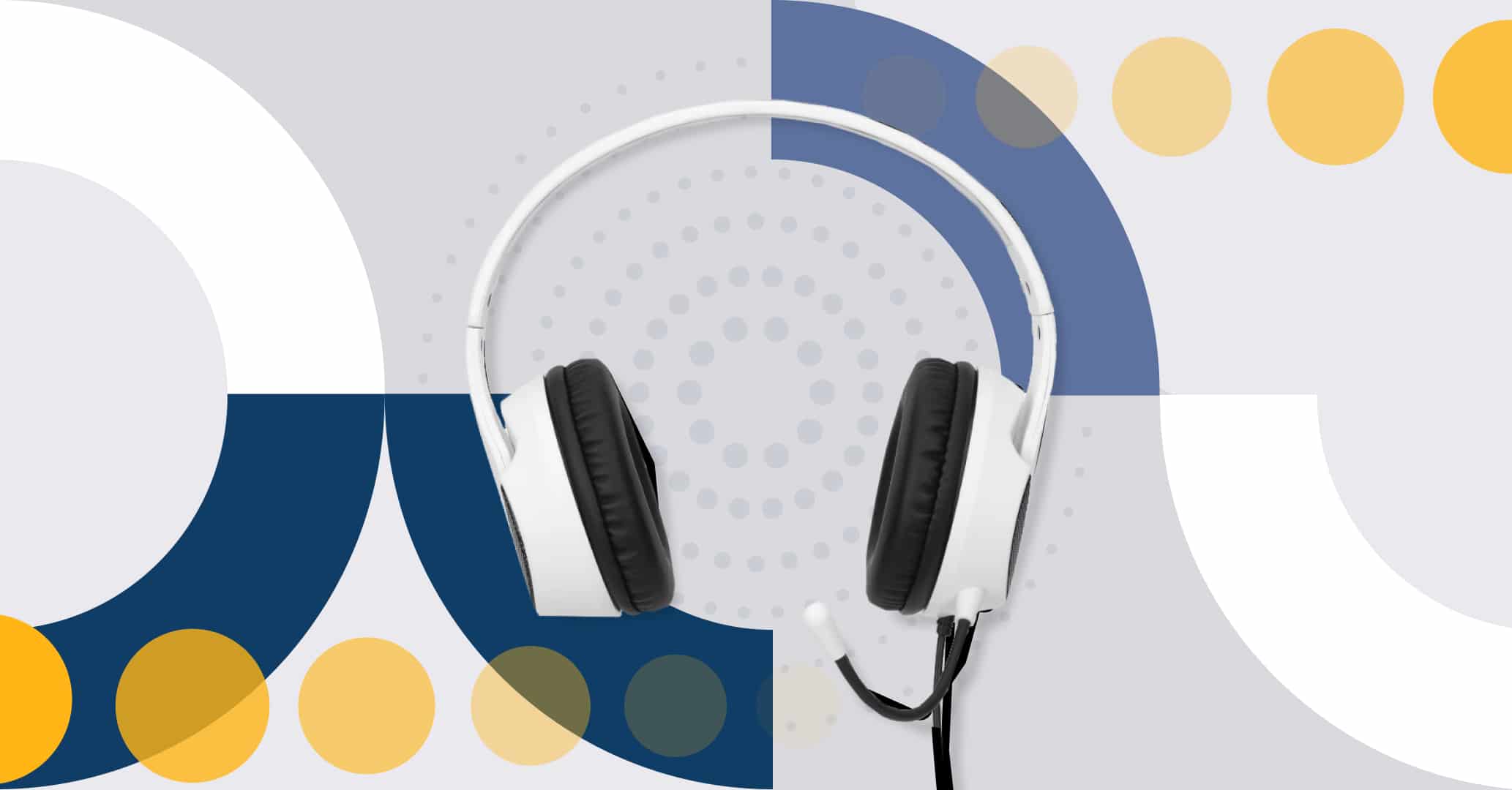What are business process improvement methodologies and how to choose one?
In today’s competitive business environment, companies must continuously evolve to stay ahead. One of the most effective ways to achieve this is through business process improvement (BPI).
Business Process Improvement (BPI) refers to the systematic analysis and optimization of a company’s processes and workflows to enhance performance, reduce costs, and increase customer satisfaction. By employing the right BPI methodologies, companies can unlock hidden potential and drive growth.
There is a wide range of methodologies available, each with different characteristics and use scenarios. Carefully studying the available options and selecting the methodology that best aligns with the company’s objectives and resources is key to the success of the BPI initiative.
The importance of business process improvement methodologies
Business process improvement methodologies are crucial for business optimization, providing an implementation framework for measures that will lead your company to achieve its goals.
By choosing the ideal methodology for your goals, you will have a guide to optimize your company with data-based change suggestions, instead of applying random improvements hoping for results.
Furthermore, process improvement techniques will help you monitor the performance of implemented modifications, comparing the organization’s performance before and after their use.
Some advantages of implementing business process improvement methodologies are:
Improvement of efficiency
By identifying bottlenecks and eliminating redundancies, BPI methodologies help optimize operations, thereby increasing productivity, reducing response times, and operational costs.
Improvement in customer satisfaction
A well-executed BPI strategy leads to better products and services and consequently, leads the customer to find a better business experience in your company, increasing their satisfaction and loyalty to the company.
Optimization of decision-making
As mentioned earlier, BPI methodologies allow for better data collection and analysis, documenting the necessary information to enable your organization to make informed decisions faster.
8 business process improvement methodologies
There are numerous BPI methodologies available, each with its own unique approach. Here are eight of the most popular methodologies:
Six Sigma
It is a data-driven methodology aimed at reducing defects and improving process quality. It uses a set of quality management tools and techniques to identify and eliminate the root causes of problems, ultimately leading to nearly perfect results.
Six Sigma is widely used in manufacturing as it helps companies monitor inconsistencies in their production processes, making necessary adjustments to obtain competitive products and services.
Within Six Sigma, there are two sub-methodologies: DMAIC is applied to existing processes and DMADV to new processes. DMAIC stands for define, measure, analyze, improve, and control; while DMADV stands for define, measure, analyze, design, and verify.
Lean Manufacturing
This methodology focuses on eliminating waste in all its forms: time, resources, and effort; based on the principles of continuous improvement, maximizing customer value, and minimizing waste to achieve a more efficient and simplified process.
This methodology considers that any action not required by standards or regulations is waste, as are those that do not add value to the product or service. By identifying waste areas and eliminating the actions that generate it, lean manufacturing reduces operational costs.
Business Process Reengineering (BPR)
BPR is a comprehensive and radical approach to BPI that involves rethinking and redesigning the way work is done within an organization. The goal of BPR is to achieve drastic improvements in efficiency, effectiveness, and customer satisfaction by reengineering business processes from scratch.
BPR seeks to align technological processes with business objectives and strategy. This methodology aims to achieve short-term goals, increasing production levels and streamlining process management.
Total Quality Management (TQM)
It is a comprehensive management approach that seeks to improve the quality of products and services, creating a culture that permeates all aspects of the organization.
In Total Quality Management (TQM), the focus is on customer satisfaction, the commitment of the organization’s collaborators, and continuous process improvement. By constantly monitoring data, the methodology aims to identify deficiencies in processes that generate bottlenecks, optimizing their management to streamline processes.
Under this guidance, the company’s collaborators are involved in improvements and, in return, the company commits to encouraging their work by developing benefit and recognition plans that reward their actions.
Agile Methodology
The agile methodology is a flexible and iterative approach to business process improvement (BPI), emphasizing collaboration, adaptability, and continuous improvement. It encourages organizations to respond quickly to changing customer needs and market conditions through regular review and adjustment of processes.
Following the pillars of its manifesto, the agile methodology promotes the competitiveness of organizations, making processes more flexible and streamlining their management. These principles are:
- Value individuals and interactions over processes and tools used
- Aim for functional software development over extensive documentation
- Collaborate with customers rather than negotiate contracts
- Adapt to change rather than follow a strict plan
Thus, the agile methodology adapts the organization’s processes to market transformations and customer needs, as well as the company’s objectives. Processes managed under this guidance are easily adaptable, interactive, and efficient.
Kaizen
Kaizen is a Japanese term meaning “continuous improvement”. This process improvement methodology focuses on the idea that small incremental improvements can lead to significant long-term results.
Kaizen encourages employee participation in identifying and implementing process improvements, classifying the “wastes” present in process management into three categories:
- Muda or waste: practices that incur expenses but do not add value to processes.
- Mura or discrepancy: variables or interruptions in workflows and overproduction.
- Muri or overload: any management failure that generates bottlenecks.
The Kaizen methodology considers that the wastes of the different categories are usually related, so addressing Muda in a process would result in the subsequent elimination of Mura and Muri.
PDCA Cycle
The PDCA cycle (Plan, Do, Check, Act) is a scientifically based methodology. Designed for problem-solving, it consists of four steps:
- Plan: Identify the problem to be addressed and devise a solution.
- Do: It is the iteration step, where the proposed solution is tested to check its effectiveness.
- Check: Once the solution has been implemented on a small scale, the results are analyzed.
- Act: If the previous step is satisfactory, the solution is applied on a large scale.
The advantage of the PDCA cycle lies in the minimization of resources: by testing solutions on a smaller scale initially, the organization ensures finding the perfect plan for optimizing its processes before allocating time and resources to its general adjustment.
Kanban Methodology
Its name also responds to a Japanese term, in this case, correlative to “visual board”. Kanban is an agile methodology that simplifies process management by providing a visual structure, graphed in columns.
To apply the Kanban methodology, it is necessary to identify the different stages of a process. For example, in the management of IT Support requests, these can be classified into:
- Pending: Where requests are placed as soon as they are received, before being assigned to a responsible collaborator.
- In progress: When the request is assigned to a collaborator, it remains “in progress” until it is evaluated.
- Scaled up: Once the report has been evaluated, it is scaled up to a specialist in the area of error. For example, in the case of a hardware failure, someone from maintenance is notified to check the equipment.
- Completed: Once the report is resolved, the task is recorded as completed, ending the request.
Each task is represented as a movable item, being able to move from one column to another as it progresses.
In addition to facilitating management by providing a visual representation of processes, the Kanban methodology can be enhanced by tools such as time control by stages, optimizing the time tasks spent in each column.
How to choose the best one for your company?
After researching the available methodologies, selecting the best BPI methodology for your organization requires careful consideration of several factors:
Analyze your business needs
To choose the best methodology for your organization’s needs, it is necessary to determine the main objectives of your BPI initiative, such as cost reduction, quality improvement, or increased customer satisfaction.
Each methodology is designed to achieve different goals, so having clarity about the specific objectives you want to achieve, you can adopt the most suitable methodology. Aligning objectives with the optimization promised by the methodology not only facilitates its selection but also optimizes the implementation plan, enhancing the efficiency of its execution.
Evaluate organizational culture
Consider the cultural fit of a methodology with your organization. Some BPI methodologies require a significant change in mindset and you may encounter resistance from employees, jeopardizing the success of its implementation.
Employee satisfaction is essential for the success of process improvements. They are the ones who will work directly with the optimized processes, therefore, involving them in the methodology selection stage is the right path to ensure the best decision.
Determine available resources
Evaluating the resources you have available is essential to determine the feasibility of each methodology. Some methodologies may require extensive training or investment, which may not be feasible for your organization.
It is important to be realistic when evaluating the company’s resources, such as time, budget, and personnel. Only if the organization has the means and the capacity to adopt and apply the methodology, will it achieve the desired objectives without compromising the organization’s operation.
How to implement it step by step
Once you have chosen the most suitable BPI methodology for your company, the following steps will ensure a successful implementation:
Engage stakeholders
Involving all relevant stakeholders is crucial for the success of BPI. This includes the organization’s collaborators who work daily with the processes, management in their role of determining objectives, and customers, marking their expectations and needs.
The vision of each actor linked to the processes will provide a different perspective, either identifying areas of opportunity, proposing solutions, or issuing feedback on implemented changes.
Establish clear objectives and metrics
It is a priority to establish measurable objectives for the implementation of BPI, for example, seeking SMART (Specific, Measurable, Achievable, Relevant, and Time-bound) goals. This will allow you to monitor the performance of the methodology, aligned with the organization’s strategic objectives.
Furthermore, establishing key performance indicators (KPIs) to track progress and evaluate the performance of improved processes. This will allow you to assess the effectiveness of your BPI efforts and make data-based decisions.
Communicate and train
Communication plays a leading role in the success of BPI implementation. Communicating the purpose, objectives, and benefits of the BPI initiative to all involved at each step with transparency will motivate employees to actively engage in process improvement.
To enhance processes efficiently, it is essential to provide relevant training to ensure that employees are well-equipped to implement the chosen methodology. Additionally, providing ongoing support and technical assistance during implementation will help ensure a smooth transition to the new methodology.
Conclusion
Business process improvement methodologies offer organizations a structured approach to improve operations, drive growth, and stay competitive. Companies can unlock all their potential and achieve lasting success by choosing the right methodology and implementing it effectively.
Want to know more? Contact us and start your path to efficiency with Qflow.






